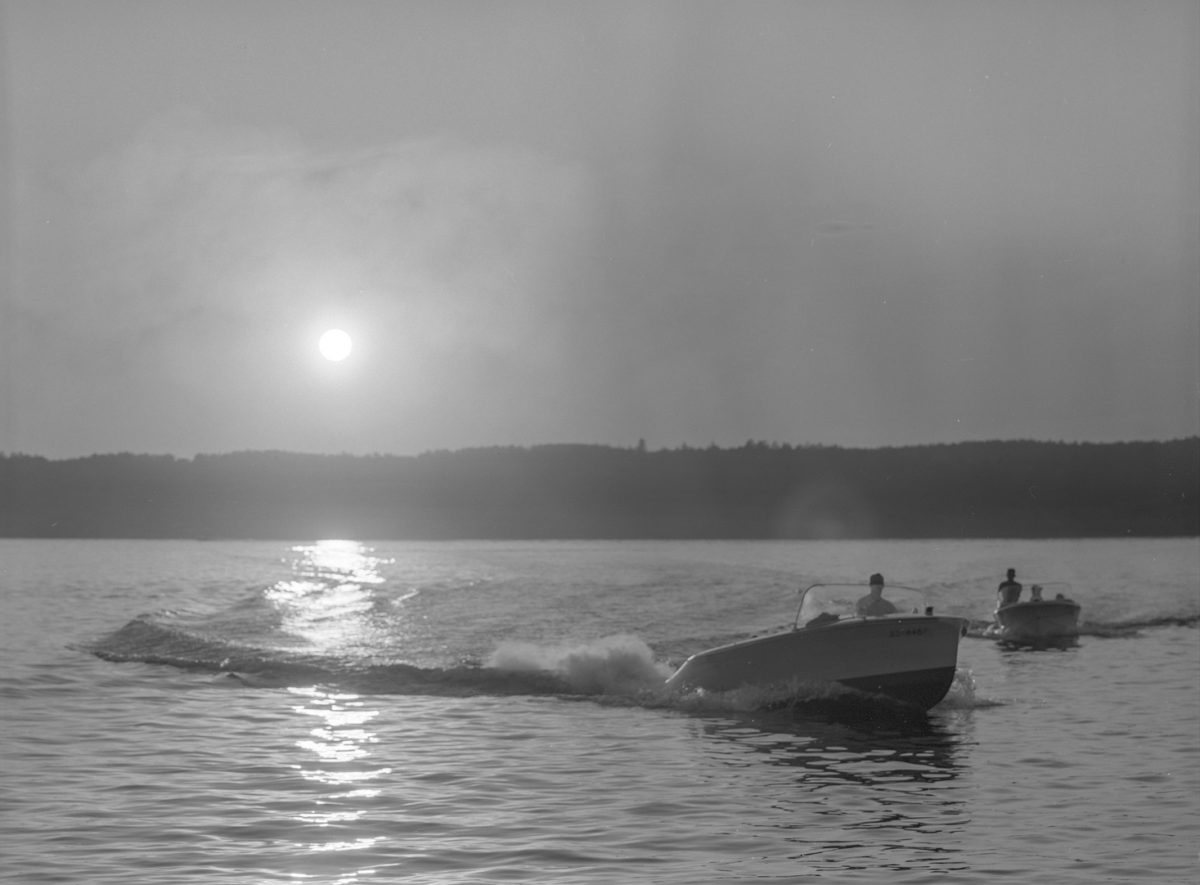On December 11, 2018, the U.S. Environmental Protection Agency (EPA) and the Department of the Army (Army) proposed a revised definition for “waters of the United States,” intended to establish the scope of federal regulatory authority under the Clean Water Act in a more clear and understandable way. With the understanding that the federal role under the Clean Water Act is derived from Congress’ commerce power over navigation, the proposal attempts to limit “waters of the United States” under the Clean Water Act to those that are physically and meaningfully connected to traditional “navigable” waters.
Six (6) categories of waters that would be considered “waters of the United States” are described:
- Traditional navigable waters (TNWs): Traditional navigable waters include large rivers and lakes, tidal waters, and the territorial seas — such as the Atlantic Ocean, the Mississippi River, the Great Lakes, and tidally influenced water bodies along coastlines — used in interstate or foreign commerce.
- Tributaries: Rivers and streams that flow to traditional navigable waters. Under the proposal, these naturally occurring surface water channels must flow more often than just when it rains — that is, tributaries as proposed must be perennial or intermittent. Ephemeral features would not be tributaries under the proposal. Tributaries can connect to traditional navigable waters directly, through other “waters of the United States,” or through other non-jurisdictional surface waters so long as those waters convey perennial or intermittent flow downstream (though how these other waters could be “non-jurisdictional” seems confusing).
- Certain ditches: A ditch under the proposed rule would be an “artificial channel used to convey water.” Jurisdictional ditches would include those that are traditional navigable waters, such as the Erie Canal, or subject to the ebb and flow of the tide. Ditches may also be jurisdictional where they meet conditions of the tributary definition and were either constructed in a tributary or built in adjacent wetlands.
- Certain lakes and ponds: Jurisdictional lakes and ponds include traditional navigable waters (e.g., the Great Salt Lake in Utah or Lake Champlain along the Vermont-New York border) and those that contribute perennial or intermittent flow to a traditional navigable water either directly, through other “waters of the United States,” or through other non-jurisdictional surface waters so long as those waters convey perennial or intermittent flow downstream, (the cited examples are Lake Pepin in Minnesota and Lake Travis in Texas). Lakes and ponds also would be jurisdictional where they are flooded by a “water of the United States” in a typical year, such as many oxbow lakes.
- Impoundments: Under the proposal, impoundments of “waters of the United States” would be considered jurisdictional.
- Adjacent wetlands: Wetlands that physically touch other jurisdictional waters would be “adjacent wetlands.” Wetlands with a surface water connection in a typical year that results from inundation from a “water of the United States” to the wetland or perennial or intermittent flow between the wetland and a “water of the United States” also would be “adjacent.” Wetlands that are near a jurisdictional water but don’t physically touch that water because they are separated, for example by a berm, levee, or upland, would be adjacent only where they have a surface water connection through or over the barrier, including wetlands flooded by jurisdictional waters in a typical year.
So, what are not “waters of the United States?” The proposal covers that, too. Waters that would not be included in the proposed categories of “waters of the United States” listed above would not be a jurisdictional water under the Clean Water Act, e.g.:
- Ephemeral features that contain water only during or as a result of rainfall.
- Groundwater.
- Ditches that do not meet the proposed conditions necessary to be considered jurisdictional, including most farm and roadside ditches.
- Prior converted cropland. (The proposed definition will clarify that this exclusion would cease to apply when cropland is abandoned – i.e., not used for, or in support of, agricultural purposes in the preceding five years – and has reverted to wetlands.)
- Stormwater control features excavated or constructed in upland to convey, treat, infiltrate, or store stormwater run-off.
- Wastewater recycling structures such as detention, retention and infiltration basins and ponds, and groundwater recharge basins would be excluded where they are constructed in upland.
- Waste treatment systems. Waste treatment systems continue to be excluded under this proposal; which now defines “waste treatment system” to include all components, including lagoons and treatment ponds (such as settling or cooling ponds), designed to convey or retain, concentrate, settle, reduce, or remove pollutants, either actively or passively, from wastewater or storm water prior to discharge (or eliminating any such discharge).
Fact sheets along with copies of the proposed rule and supporting analyses are available on EPA’s website at https://www.epa.gov/wotus-rule.
Comments on the proposal will be accepted for 60 days after its publication and may be submitted online. Go to https://www.regulations.gov and follow the online instructions for submitting comments to Docket ID No. EPA-HQ-OW-2018-0149. For additional information, including the full EPA public comment policy, please visit https://www.epa.gov/dockets/commenting-epa-dockets.

